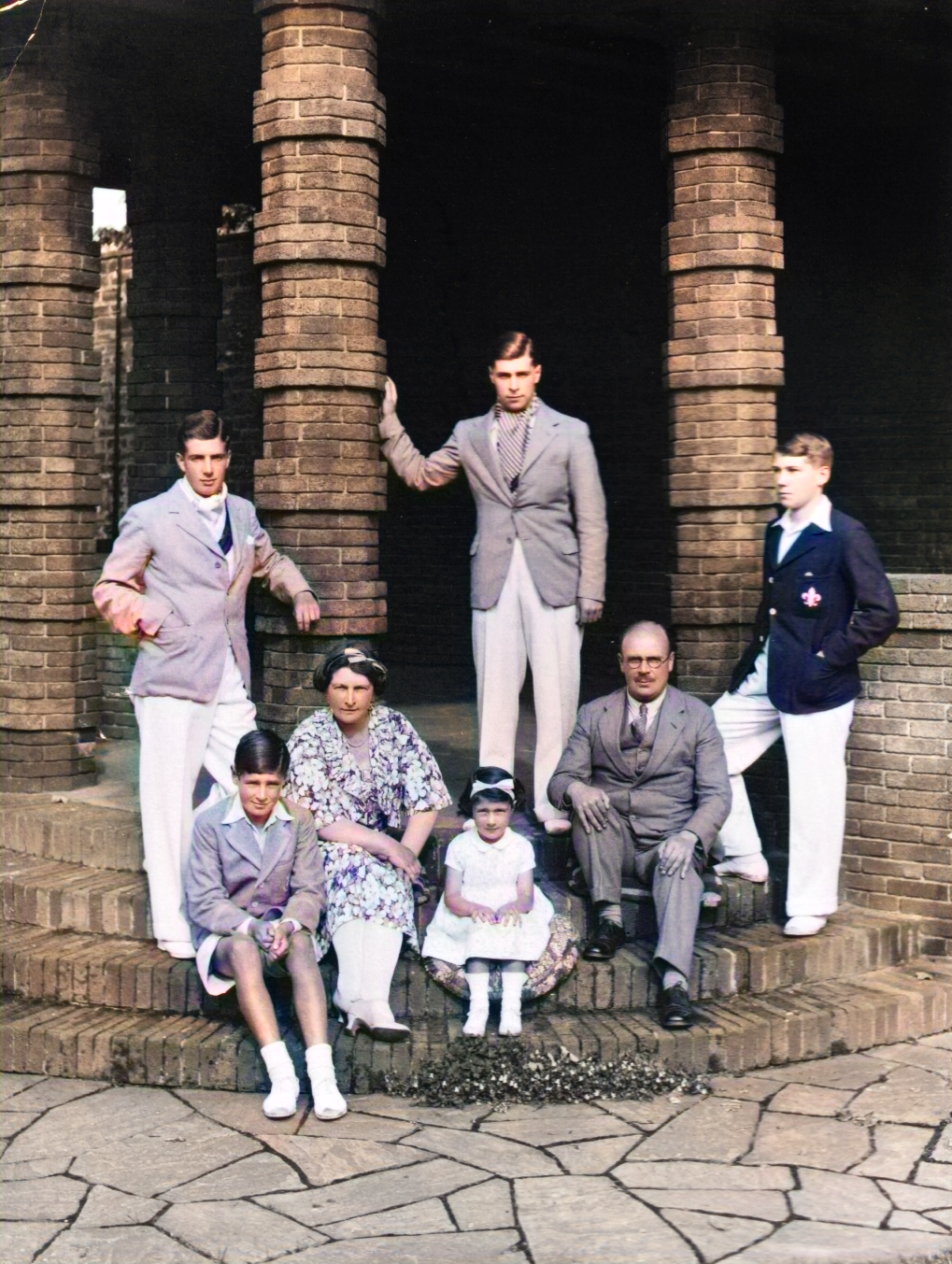Relationship Of Village & Works
There was a close relationship between the residents of Allandale and the brickworks. Each relied on the other, the residents needed the brickworks for their living and housing as much as the brickworks needed the residents to staff the works.The brickworks started in 1903 and soon after the company began building the houses. By 1912 55 had been built then there was a lull during the 1st World War and building resumed after the war and was complete by 1925. The cost of building the houses before the war was £225 each and the last to be built cost £600. The houses are described elsewhere. The electricity for lighting was supplied from the works and was 500w DC current. The power was switched on from the works at 5am in the morning and off again at 11pm. The only exception to this was when someone had died or was dying. A member of the family would go to the works manager’s house and get a note to take to the engineman in the works. So, if the lights did not go off at 11pm, you would wonder who they were being kept on for. Nearly everyone supplemented the electric lighting with paraffin lamps. The medium for cooking was gas stoves and the heating and hot water came from coal fires. The rent for the houses averaged 3/6 per week and this included the electricity. One peculiar fact was when the council built garages in Allandale in the 1950’s and the weekly rent for these was more than the house rents. The householder had to be an employee of the company but others in the family need not be although most were. If the householder lost his job then they could be evicted but this did not happen very often. But, when my father was killed in an accident in the works, my mother got notice to quit the house one month later. However this was hurriedly withdrawn when the whole works threatened to walk out on strike. The company said that the notice had been a ‘formality’. The owners of the company, the Stein family, were the modern equivalent of the feudal lord and were usually treated as such by the employees. But they were quite benevolent employers although there was always a class difference. For instance, if anyone was helping the Conservative candidate at a General Election, he was paid his day’s pay but, if he was working for the Labour candidate, he did not. The only people invited to the annual staff dance were the management and the office staff. Being an ex-officer in the Argylls, Col. Alan Stein would usually find a job for an ex-soldier. The Stein family were very much involved in supporting Falkirk Royal Infirmary and their financial support is recognised in that wards and beds were named after the family. This still can still be seen in the commerative boards on the main stairway.
